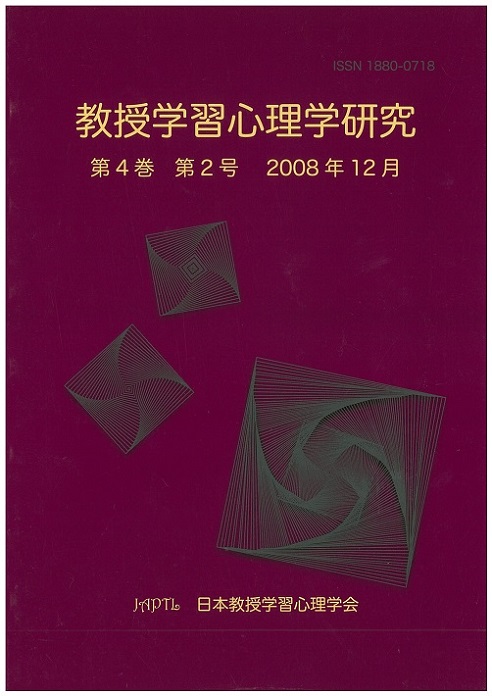Volume 4, Issue 2
Displaying 1-8 of 8 articles from this issue
- |<
- <
- 1
- >
- >|
-
Article type: Cover
2008 Volume 4 Issue 2 Pages Cover1-
Published: 2008
Released on J-STAGE: October 10, 2017
Download PDF (1769K) -
Article type: Index
2008 Volume 4 Issue 2 Pages Toc1-
Published: 2008
Released on J-STAGE: October 10, 2017
Download PDF (44K) -
Article type: Article
2008 Volume 4 Issue 2 Pages 61-70
Published: 2008
Released on J-STAGE: October 10, 2017
Download PDF (1208K) -
Article type: Article
2008 Volume 4 Issue 2 Pages 71-84
Published: 2008
Released on J-STAGE: October 10, 2017
Download PDF (1866K) -
Article type: Article
2008 Volume 4 Issue 2 Pages 85-92
Published: 2008
Released on J-STAGE: October 10, 2017
Download PDF (981K) -
Article type: Article
2008 Volume 4 Issue 2 Pages 93-113
Published: 2008
Released on J-STAGE: October 10, 2017
Download PDF (2493K) -
Article type: Article
2008 Volume 4 Issue 2 Pages 114-128
Published: 2008
Released on J-STAGE: October 10, 2017
Download PDF (1657K) -
Article type: Cover
2008 Volume 4 Issue 2 Pages Cover2-
Published: 2008
Released on J-STAGE: October 10, 2017
Download PDF (1670K)
- |<
- <
- 1
- >
- >|
